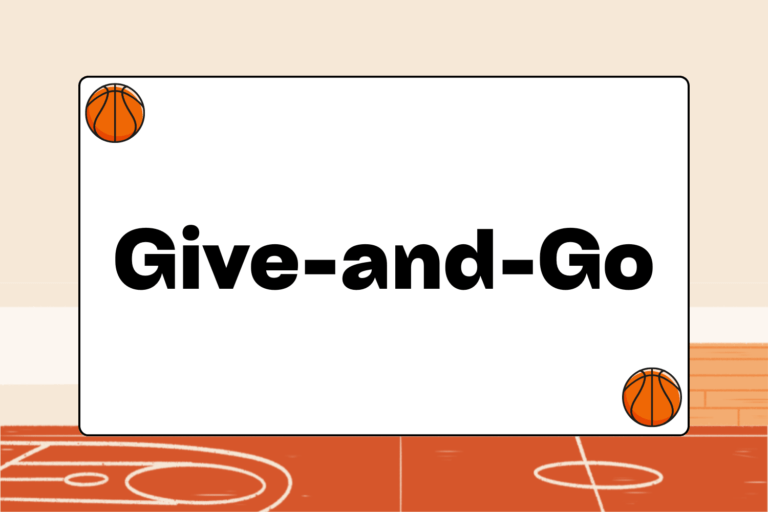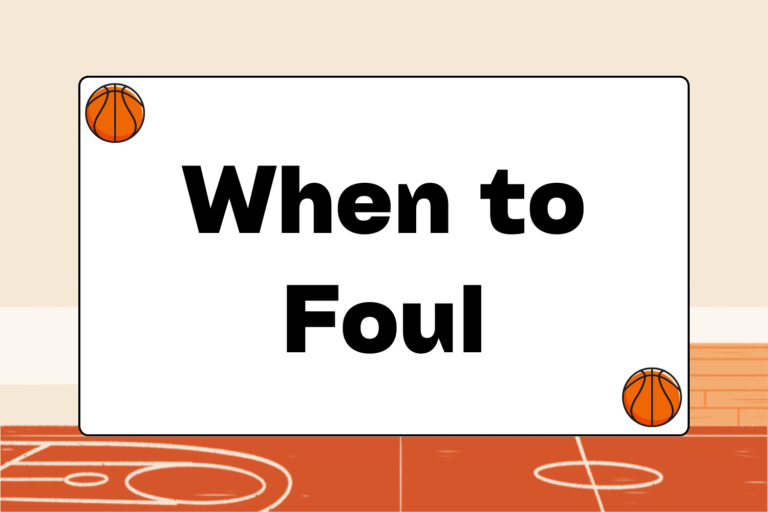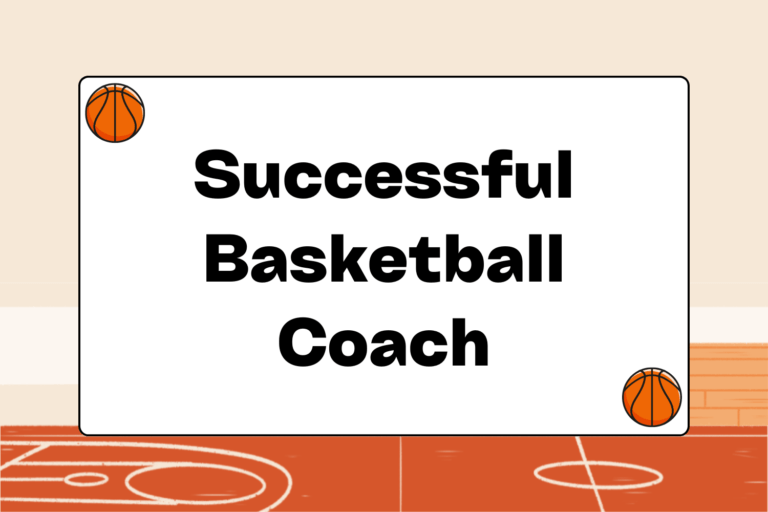Basketball is a dynamic, fast-paced game that has captured the imagination of millions of people around the world. It produced one of the most electrifying plays in all of sports (the slam dunk) and the one of the world’s most recognizable athletes (Michael Jordan). Despite the razzle-dazzle now associated with the sport, basketball is essentially a simple game with a straightforward goal: Put the ball in the opponent’s basket.
Official basketball games are governed by a general set of rules that regulate the size of the court, number of players, equipment specifications and game play. Rules, however, vary slightly based on country, region, division, and league. The information below is a general overview of basic basketball rules and regulations.
Court and Equipment
Basketball is an adaptable game. Because of its simple equipment requirements—all you need is an elevated hoop (10 feet above the ground) and a ball—basketball can be played in almost any environmental setting: Outdoor, indoor, at a park, or even at the beach. Formal basketball competitions, however, are generally played indoors on a hardwood court measuring 94 feet x 50 feet (court dimensions can vary depending on the league and/or level). For more specific information regarding court and equipment specifications, check out the “Court Dimensions” guide.
Principles of the Game
There are two primary objectives in basketball:
- Score points by throwing or dropping the ball through the opposition’s basket
- Stop the opponent from scoring
Rules and regulations are in place to help maintain the flow of the game and to ensure player safety and fair play. It is important to know and understand the major principles and/or rules of the sport, as they dictate how the game is played. These rules are outlined below:
Time Limits
A basketball game is essentially a race against time. Most leagues/levels divide games into four equal periods called quarters (the length of each period differs according to the level). However, it is not uncommon to divide a game into halves—two equal segments.
In addition to the game clock, many levels/leagues also play with a shot clock—a device that limits the amount of time a team can have the ball during each possession.
Scoring
A team scores by throwing or dropping the ball through the opponent’s hoop from above. An attempt to score is called a shot. Each time a player successfully puts the ball through the hoop their team is awarded one, two, or three points. The number of points given for each successful shot depends on the type of shot. Below is a breakdown of the different shot values:
- Foul Shot/Free Throw: The referee will grant a foul shot to a player who is fouled while in the act of shooting. A successful free throw is worth one point.
- 2 Point: Any shot taken within the area between the end line and the three point arc is worth two points if it goes in.
- 3 Pointer: Any successful shot taken behind the three-point line is worth three points.
And the Winner is…
The team that scores the most points within the allotted time is the winner of the game.
Overtime
If the score is tied at the end of regulation time, an extra period is played to determine the winner. This period is called “overtime.” The length of the extra period depends on the league/level.
Overtime begins with a “jump ball” and ends when the allotted time has expired. The team with the most points at the end of the extra period is the winner. If the score remains tied at the end of overtime, then another period will be played; this process will continue until a winner can be determined.
Moving the Ball
There are two ways to move the basketball: The pass and the dribble. Passing—the intentional transfer of the ball from one player to another— is the preferred option, because it is the fastest way to move the ball and involves team work. The dribble—the continuous bouncing of the ball on the floor—on the other hand, is an individual act. While it can be necessary in certain situations, dribbling too often can easily get a player into trouble.
Rough Play
Dr. James Naismith, the inventor of basketball, despised the rough-play tactics rampant in sports like football and rugby. Thus, when inventing basketball he did his best to create a sport that discouraged excessive roughness. The modern rules reflect his desire.
By rule, basketball is a non-contact sport. This does not mean that any physical contact between opponents is illegal. What it does mean however, is that players are not allowed to engage in rough/excessive physical contact and/or use contact to gain a competitive advantage on the opponent.
Referees and Their Duties
The referee(s) are in charge of enforcing the rules. When a rule has been violated, the referee will use a whistle to stop play and subsequently communicate said infraction using pre-designated hand signals. For a detailed guide to deciphering the referee’s hand signals click here. The number of officials presiding over a given game depends on the level of play. Youth and high school games generally have two referees, while the college and professional ranks employ three officials.
Referees are usually dressed in white-and-black stripped shirts and black pants. Officials in the NBA are required to wear a gray shirt and black pants.
Game Play
Though it can be played on an individual basis—when two people play against each other it is called “one-on-one”—basketball was designed to be a team sport. Teams can be made up of anywhere from two to five players, but traditionally, the sport is played between two teams of five. Each team can have more than five players, but only five players per team are allowed on the court at one time. The five players who are on the court when the game begins are called the “starters.” The other players are reserves or substitutes. Substitutions are allowed to enter the game during “dead ball” situations (when play is stopped).
Once the starters are on the court and ready to get the game underway, play is initiated by a “tip-off” (also called a “jump ball”). Two opposing players gather at midcourt and subsequently attempt to gain control of the ball after it is tossed into the air in by an official between the two opposing players.
As soon as a team gains possession of the ball, that team is on offense; that means it will be actively trying to score points. A team will remain in possession of the ball until it commits a violation/foul, scores, or turns the ball over to the defense.
When a team does not have possession of the ball, it is on defense. In other words, it is trying to prevent the offensive team from scoring. Defenders are allowed to contest a shot in an attempt to prevent scoring, but are not allowed to use excessive physical contact. Doing so is a violation of the rules and considered a foul.
Breaking the Rules
Rule infractions generally fall into one of two categories: Fouls or violations. The penalty for a violation is less severe than the penalty for a foul. Also, a player may commit any number of violations, but only five fouls (six in the NBA) during a game.
For a better understanding of the difference between a foul and a violation (and a few examples of each), see the descriptions below.
Fouls
A foul is a breach of the rules concerning illegal contact between opponents and/or unsportsmanlike conduct. There are two distinct types of fouls in basketball: The technical foul and the personal foul.
- A technical foul is issued when a player, coach, or team commits an infraction of the game’s administrative rules (any rules that have to do with equipment specifications, sportsmanship, or game procedure). These fouls generally do not involve live-ball infractions, but can be issued in response to physical contact between two opponents during a dead-ball situation. Examples of actions/behavior that may result in a technical foul include:
- Unsportsmanlike conduct by either a coach or player. Inappropriate language is not tolerated and will be penalized with a technical foul.
- Submitting an incorrect roster.
- Wearing uniforms that do not comply with regulations outlined in the rules.
- A personal foul is a player foul that involves illegal contact with an opponent while the ball is live. The offender is charged with one foul per violation, and if it is the player’s fifth foul he/she is disqualified from the game (in the NBA players are allowed six fouls before disqualification). One of the official’s main duties is to ensure that the game is always played fairly and they have to think about the effect of player contact when determining its legality. If the contact creates a disadvantage for either player, then it is called a foul. If it does not, no violation has occurred.
Violations
In basketball, a violation is when a player breaks one of the non-foul related rules. Violations can be called on both the offense and the defense, but are most commonly called on the offensive team. An offensive violation results in the loss of possession.
Here is a breakdown of a few of the most common violations:
- Traveling: It is illegal to take more than one step while holding the ball doing. Players are allowed to establish a pivot foot, but once a pivot foot is determined it cannot be lifted off the ground before the player shoots, passes, or dribbles the ball.
- Illegal dribble: A player shall not dribble a second time after his/her first dribble has ended.
- Carrying/palming: Allowing the ball to come to a rest in one or both hands while dribbling.
- Out of bounds: The court boundaries are marked by a sold line that is at least two inches thick. It is a violation if a player contacts a boundary line while in possession of the ball.
- Backcourt violation: Once a team establishes possession in the frontcourt, no person from that team may be the first person to touch a ball that is knocked into the backcourt.
Rule Differences
As mentioned previously, many basketball associations and/or leagues have their own rules. For more specific information regarding the intricacies of each governing body, please see the links below.
National Federation of State High School Associations
National Collegiate Athletic Association
Woman’s National Basketball Association
National Basketball Association





